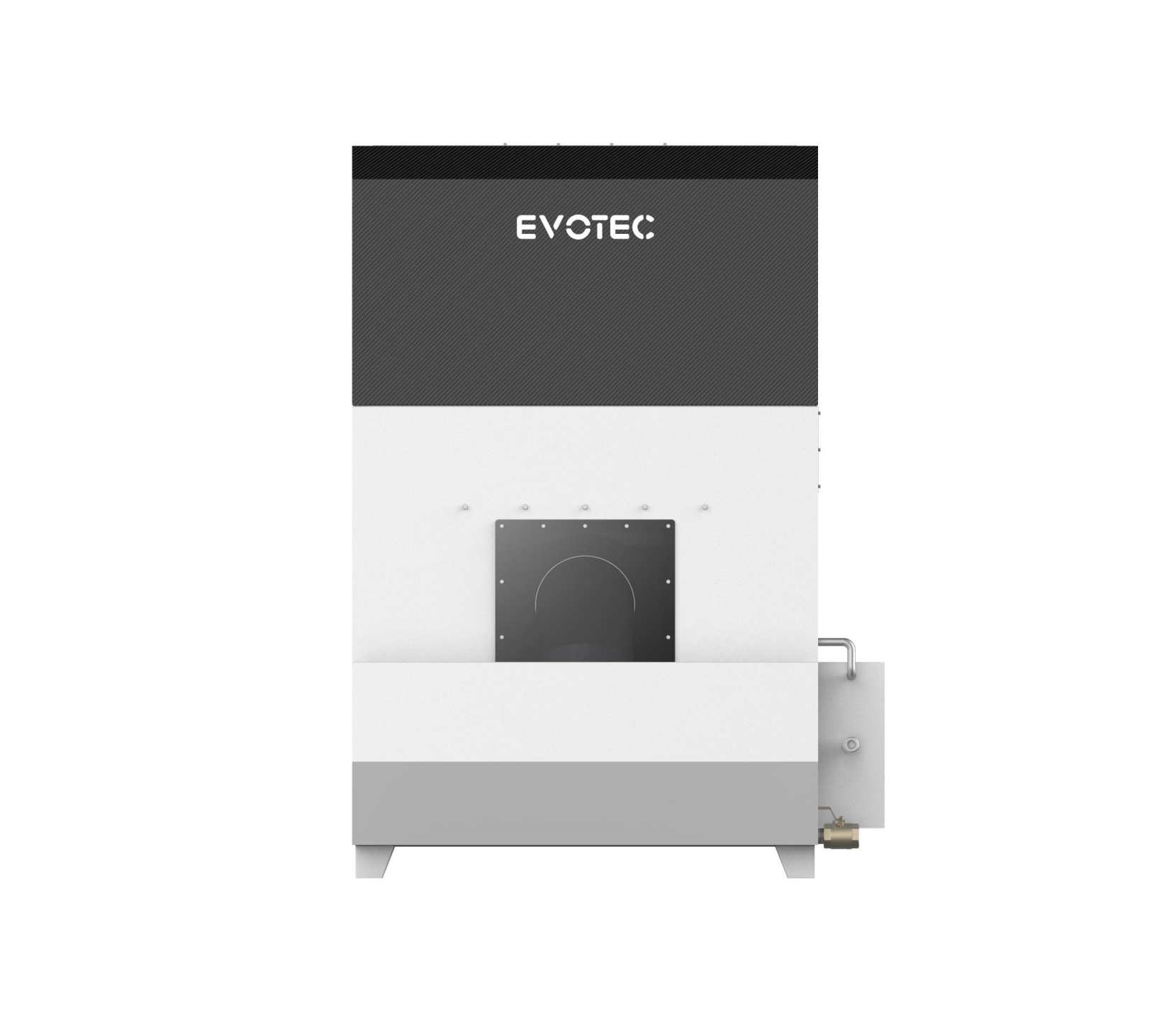For years, conventional wet dust collectors have been hindered by their dependence on water pumps, a flaw that leads to excessive energy use, constant upkeep demands, and a higher chance of system failures. HydroDust 2.0 breaks through these barriers with its key innovation: a “pump-free self-circulating” structure that sets new benchmarks for energy efficiency in industrial dust extraction.
At the heart of HydroDust 2.0's operation lies the negative pressure field generated by its fan. As the fan draws in dust-laden air, it creates an upward airflow momentum that serves as the driving force for water movement – eliminating the need for a traditional water pump. This synergy between airflow and water flow is rooted in fluid dynamics principles, where water is naturally lifted alongside the ascending air stream, creating a seamless, energy-efficient circulation process.

The water deflector functions in guiding the trajectory of water droplets within the mixed air stream, preventing them from escaping with the purified gas. Complementing this, the mist elimination unit performs fine separation by trapping micron-sized water droplets, ensuring both clean air discharge and water collection for recirculation. The separated water then falls back into the tank by gravity, forming a completely power-free circulation loop – a stark contrast to the energy-intensive forced circulation of traditional pump-driven systems.
When comparing energy consumption, a HydroDust 2.0 WDC-3000 system handling 4146 m³/h of air saves approximately 10,800 kWh annually compared to conventional pump-equipped systems with equivalent air handling capacity. The elimination of water pumps reduces wear and tear on associated components, such as impellers and seals, cutting down on replacement parts and labor costs.
By removing water pumps, HydroDust 2.0 eliminates common failure points, such as pump blockages from water impurities and motor burnout. Its simplified pipeline design also reduces valve and connector usage by 90%, minimizing the risk of leaks and further enhancing long-term reliability.
The angle and spacing of the deflector plates are critical: a 30°-45° tilt optimizes air distribution and improves water droplet capture rates. Material selection for the mist eliminator depends on the application – polypropylene (PP) offers corrosion resistance, while stainless steel suits high-temperature environments. Proper matching of air volume and water flow rate is essential to prevent "water carryover" in the air or excessive water resistance.
For varying dust concentrations, adaptive water volume adjustments ensure efficient operation – higher concentrations require tailored flow tweaks. Long-term monitoring of separation efficiency can be done using simple tools: a gas hygrometer tracks moisture levels, while water turbidity tests assess particle buildup.
A pesticide plant using HydroDust 2.0 maintained stable water pH levels between 6-8, eliminating the need for frequent water changes. The pump-free design prevented acid and alkali corrosion, extending equipment lifespan to over 5 years – a significant improvement over traditional systems. In a lathe workshop, separated emulsion from HydroDust 2.0 was directly reused, saving approximately $2,000 annually in cutting fluid costs. Compared to conventional setups, waste fluid disposal requirements dropped by 70%.
HydroDust 2.0 has triple advantages of energy efficiency, reliability, and adaptability, which set a new benchmark for wet dust collection. It is particularly well-suited for applications with specific air volume requirements and challenging dust types (e.g., viscous or corrosive particles). Beyond dust removal, the gas-liquid separation technology behind its design holds promising potential for optimizing fluid circulation in other industrial processes.
